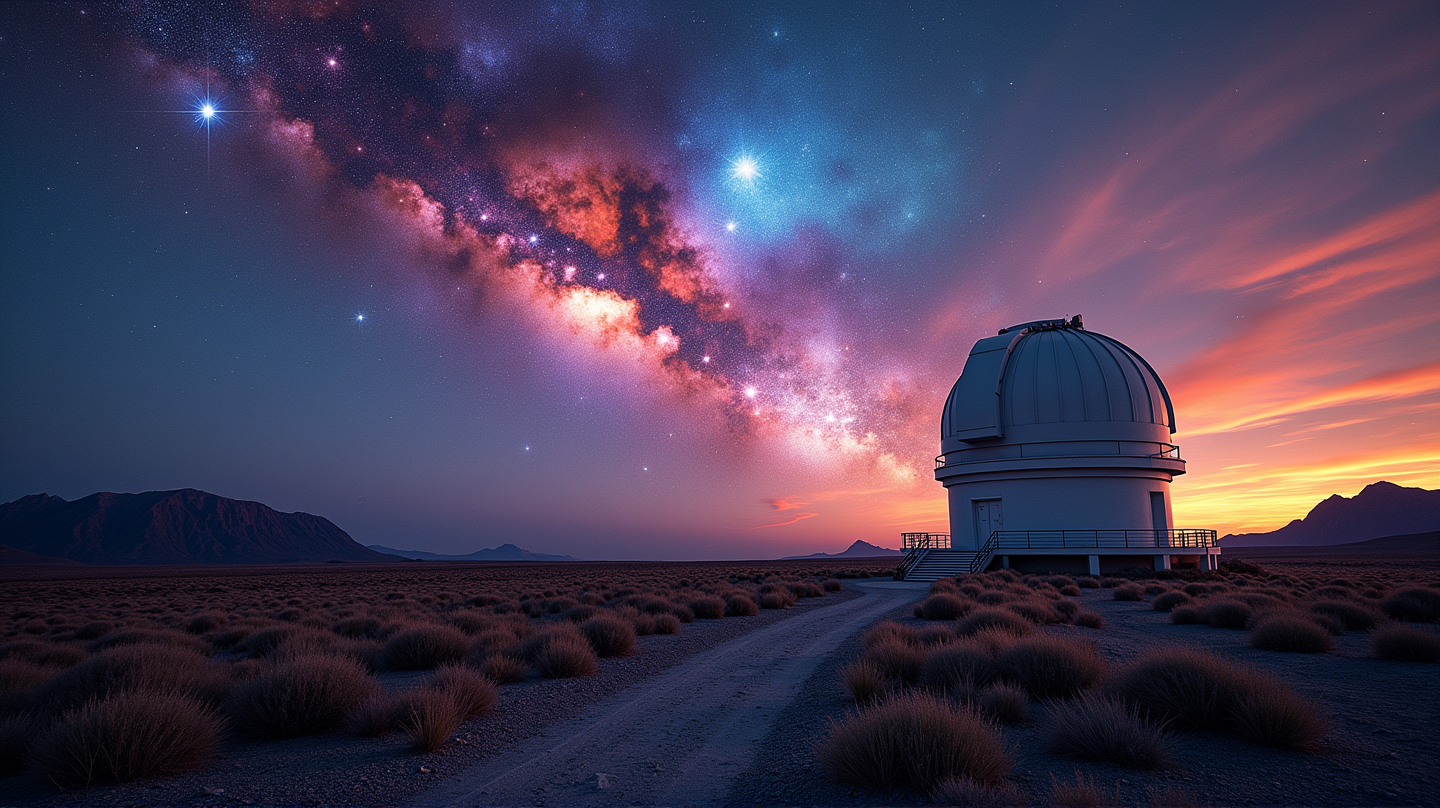Imagine a telescope so powerful it could effortlessly unlock the secrets of the cosmos, providing us views of nebulas, galaxies, and star clusters in unprecedented detail. The Vera C. Rubin Observatory, home to the groundbreaking Legacy Survey of Space and Time (LSST) telescope, is just that—a celestial spectacle situated in the heart of Chile, set to uncover the vast unknowns of our universe.
The Marvel Behind the Lens
The Rubin Observatory is a marvel of modern engineering, featuring the largest digital camera ever constructed. Its 3200-megapixel resolution, combined with a clever three-mirror design, facilitates the exploration of far-off cosmic environments. “This observatory represents a giant leap in our ability to explore the cosmos and unwrap the mysteries of the universe,” enthuses Kathy Turner, the Rubin Observatory program manager at the Department of Energy.
An Investment in Cosmic Exploration
Backed by a hefty $571 million, the creation of this observatory was no small feat. The collaboration involved not only the National Science Foundation and the Department of Energy but also academic partners and international bodies. This synergy has culminated in a piece of technology that will drastically reshape our understanding of space.
Just the Beginning of Cosmic Discoveries
The Rubin Observatory is not simply about breathtaking visuals. It’s poised to collect 10 to 20 terabytes of data nightly, which will be shared with partner scientists across the U.S., France, and the U.K. The dedication to open science extends to citizen scientists who, thanks to the Rubin Science Platform, can engage in this cosmic journey. As stated in Nextgov, such initiatives bring us closer to breaking new ground in space research.
A New Era in Space
The launch of this technological titan represents the culmination of over two decades of innovation. It’s a tribute to the combined efforts of countless scientists, technicians, and visionaries intent on peering deeper into the night sky than ever before. Energy Secretary Chris Wright heralds this moment, celebrating the partnership and the technological prowess that made it possible. “This tremendous achievement will usher in an understanding of our universe simply not possible before,” Wright proudly declares.
With the Rubin Observatory leading the charge, the next decade promises to be a monumental period in astronomical research, forever altering our perception of the universe and its infinite wonders.
